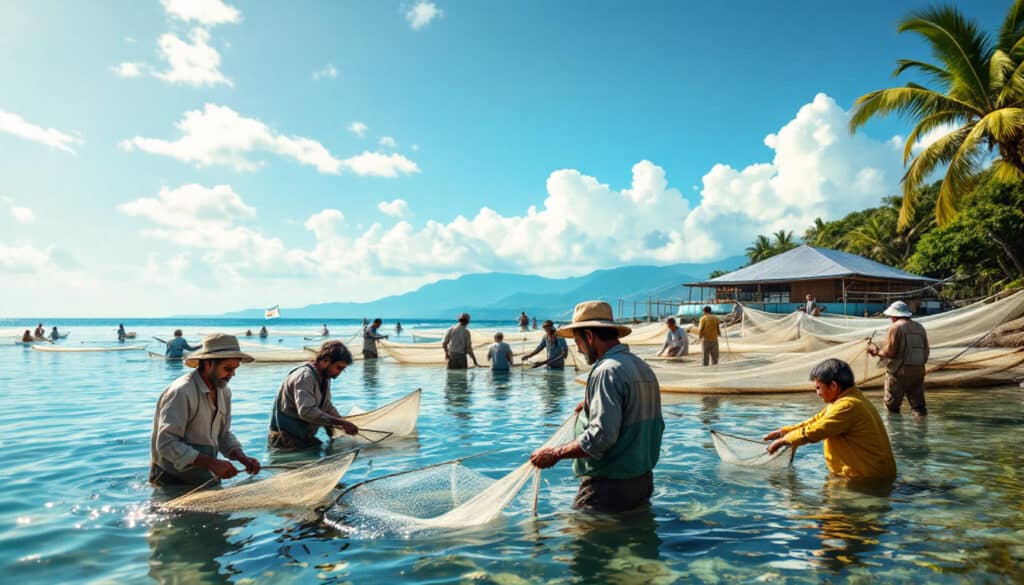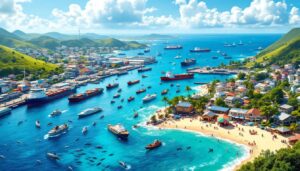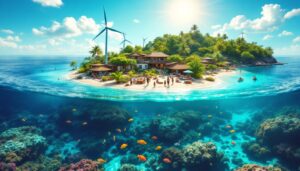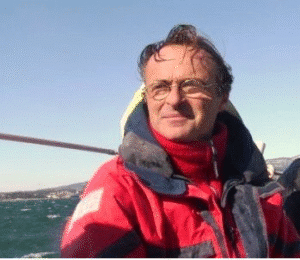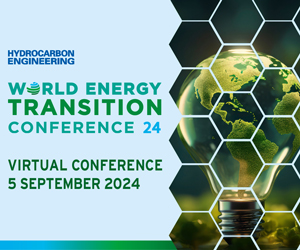The oceans are filled with untapped treasures, but this wealth requires sustained efforts to ensure its sustainability. Funding programs for sustainable fishing and aquaculture are essential to promote responsible practices, support coastal communities, and preserve marine biodiversity. Within the European Union, the European Maritime, Fisheries and Aquaculture Fund (EMFAF) perfectly illustrates this commitment. With a budget of 6.1 billion euros for the period 2021-2027, this fund focuses on innovation and equity, fostering a future where coastal fishing harmoniously combines with sustainability requirements. Alongside these initiatives, structured assistance encourages local investments in low-impact environmental projects. Other programs are emerging globally, aiming to strengthen the fishing and aquaculture sectors while addressing the crucial ecological issues of our time. Exploring these various investment pathways is essential to shape the future of our marine resources and ensure their longevity in the face of environmental challenges.
Table of Contents
ToggleThe best funding programs for sustainable fishing and aquaculture
In a context where the preservation of marine resources is crucial, several funding programs exist at both the European and global levels to support initiatives for sustainable fishing and aquaculture. These programs are essential to ensure the viability of marine ecosystems while supporting the communities that depend on these resources. This article examines in depth the various funding mechanisms, providing recent data, concrete case studies, and practical recommendations.
1. The European Maritime, Fisheries and Aquaculture Fund (EMFAF)
The EMFAF is a flagship instrument of the European Union dedicated to supporting maritime activities and sustainable fishing initiatives. For the programming period 2021-2027, the total budget of the EMFAF amounts to 6.1 billion euros, of which 567 million euros are specifically allocated to France. This program encourages investments in sustainable fishing practices, particularly for young fishermen and coastal communities.
The program aims to strengthen the capacities of the fishing and aquaculture sectors while promoting practices that respect marine ecosystems. A concrete example of its impact is the Medfish project, which works to improve fishing practices in the Mediterranean to preserve marine biodiversity. By adopting sustainable fishing techniques, fishermen can continually benefit from resources without jeopardizing the environment.
To maximize the impact of the EMFAF, it is recommended that fishermen and aquaculturists partner with local organizations to receive support in drafting funding proposals. Additionally, raising awareness of environmental requirements and sustainability standards can also enhance their chances of success when submitting their projects.
2. Blue financing initiatives: a promising model
Blue financing is an innovative concept aimed at supporting sustainable marine and coastal projects. This model encourages investors to support the marine economy through targeted financing, allowing the development of initiatives that protect marine resources while generating revenue. According to a recent study, investments in blue financing could generate up to $2 trillion a year by 2030.
A good example of a blue financing initiative is the tidal energy solutions project, which has enabled several coastal communities to harness a renewable energy source while contributing to climate change mitigation. Researchers are currently exploring energy potentials at Nags Head, where wave energy systems could provide clean and regenerative energy while reducing the carbon footprint of local communities.
Sector actors are encouraged to consider integrating sustainable technologies into their practices to meet investor expectations regarding sustainable development. Participating in trade shows and events related to blue financing can also pave the way for new partnerships and long-term funding opportunities.
3. National grants and aids: crucial support
Alongside European programs, several national aids exist to encourage sustainable fishing practices. In France, for example, the France Relance Fishing and Aquaculture program has a budget of 100 million euros aimed at financing small equipment and investment projects in sustainable sectors. This program directly supports innovation and new business models in the sector.
Well-designed grants can also positively impact the health of fish stocks and ecosystems. They can fund research on innovative techniques such as regenerative aquaculture, which aims to improve the health of marine ecosystems while supporting the local economy. For example, marine habitat restoration projects using aquaculture techniques have shown the ability to rejuvenate local ecosystems.
Fishermen are encouraged to explore these grant options and establish contacts with local government agencies to be informed about available funding sources and eligibility criteria. Submitting collaborative research projects with research organizations can also increase chances of funding.
These programs, whether European or national, represent a valuable opportunity for the sustainable fishing and aquaculture sector. By actively engaging and innovating in their approaches, stakeholders can not only reap economic benefits but also contribute to the preservation of marine resources for future generations. The transition to sustainable practices is essential for the future of our oceans, and financial support is a key step in this process.
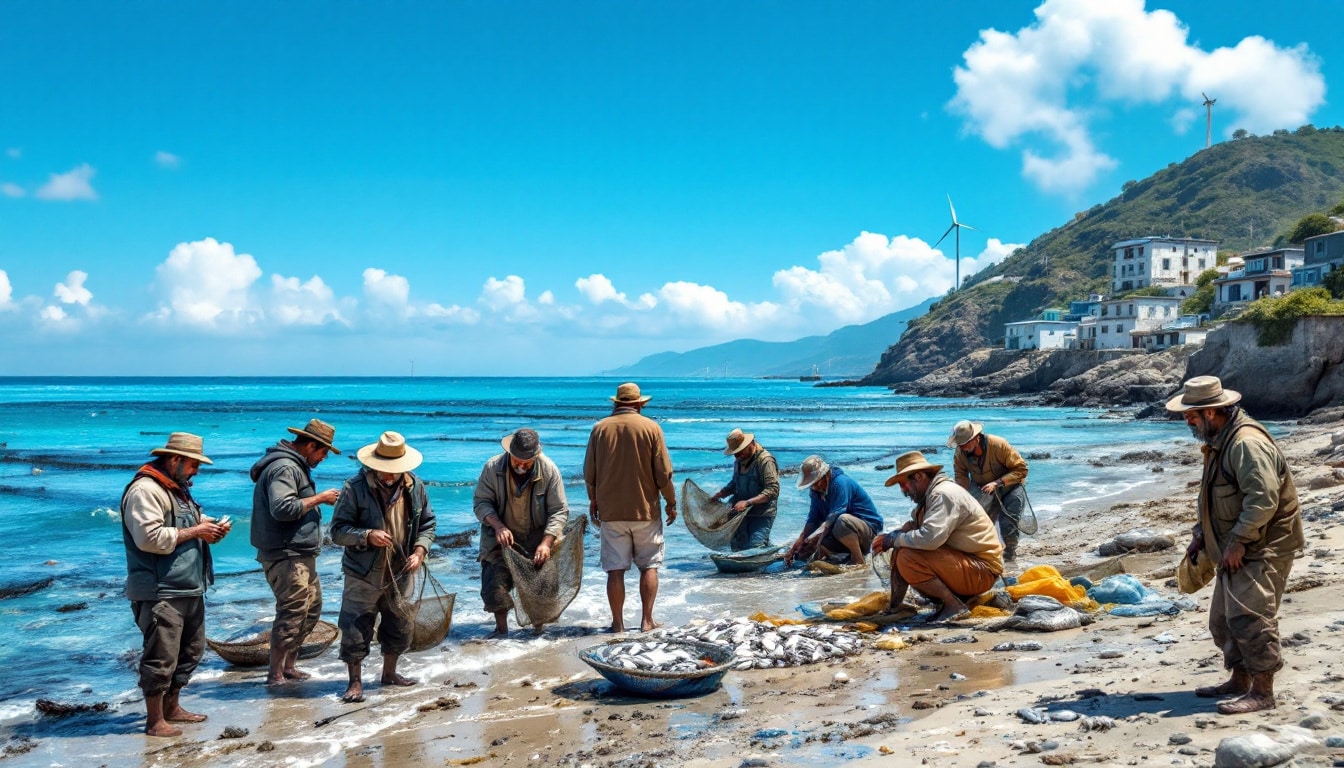
FAQ on funding programs for sustainable fishing and aquaculture
What are the main funding programs available for sustainable fishing? Several programs, including the European Maritime, Fisheries and Aquaculture Fund (EMFAF), support small-scale coastal fishing and sustainable aquaculture. This fund aims to improve fishing practices while preserving marine ecosystems.
How does the EMFAF contribute to the sustainability of fisheries? The EMFAF funds projects that promote environmentally friendly aquaculture to strengthen the fishing and aquaculture sectors while aiding the health of fish stocks.
Who can benefit from these funding programs? Young fishermen, small-scale coastal fishers, and sustainable aquaculture projects are specifically targeted by these funding programs.
What types of projects are supported by these funds? The funding can be used for investments in equipment, the development of new sustainable fishing techniques, as well as for studies aimed at improving the environmental impact of current practices.
To what extent can public aids help fishing practices? Well-designed public aids can significantly contribute to the health of fish stocks, promote sustainability, and increase the productivity of fish populations.
Is funding only accessible to members of the European Union? While most funding programs are primarily intended for EU member countries, other countries may also benefit from certain initiatives under certain conditions.
What are the priorities for using funds in the maritime sector? Priorities include the preservation of marine ecosystems, promoting innovation in fishing practices, and encouraging a sustainable blue economy.

